7 Common Types of Mental Disorders Vejthani Hospital
:max_bytes(150000):strip_icc()/Personality-disorders-5100910_final-927bda5a8a4d48779a8252c7dc5b22e6.jpg)
Personality Disorders Types and Characteristics
Mental disorders are patterns of behavioral or psychological symptoms that impact multiple areas of life. These disorders create distress for the person experiencing the symptoms. The DSM-5-TR lists hundreds of distinct conditions. Anxiety and depression are among the most common types of mental health conditions that people experience.
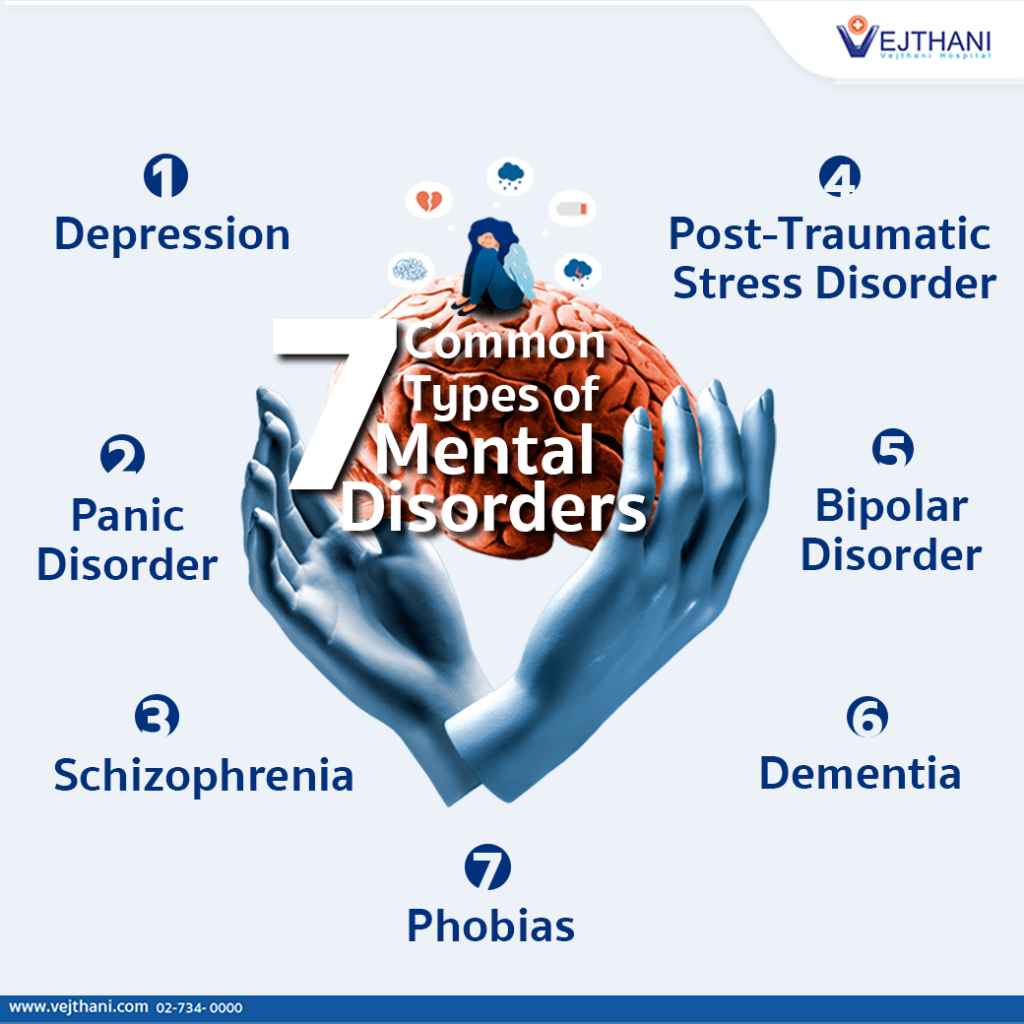
7 Common Types of Mental Disorders Vejthani Hospital
Coping. Behavioral disorders in children are patterns of behavior that can affect a child's ability to function at home, in school, or in social settings. Such symptoms are present for six months or longer. Behavioral disorders in children can create a number of challenges and difficulties in a child's life. Such conditions can lead to social.
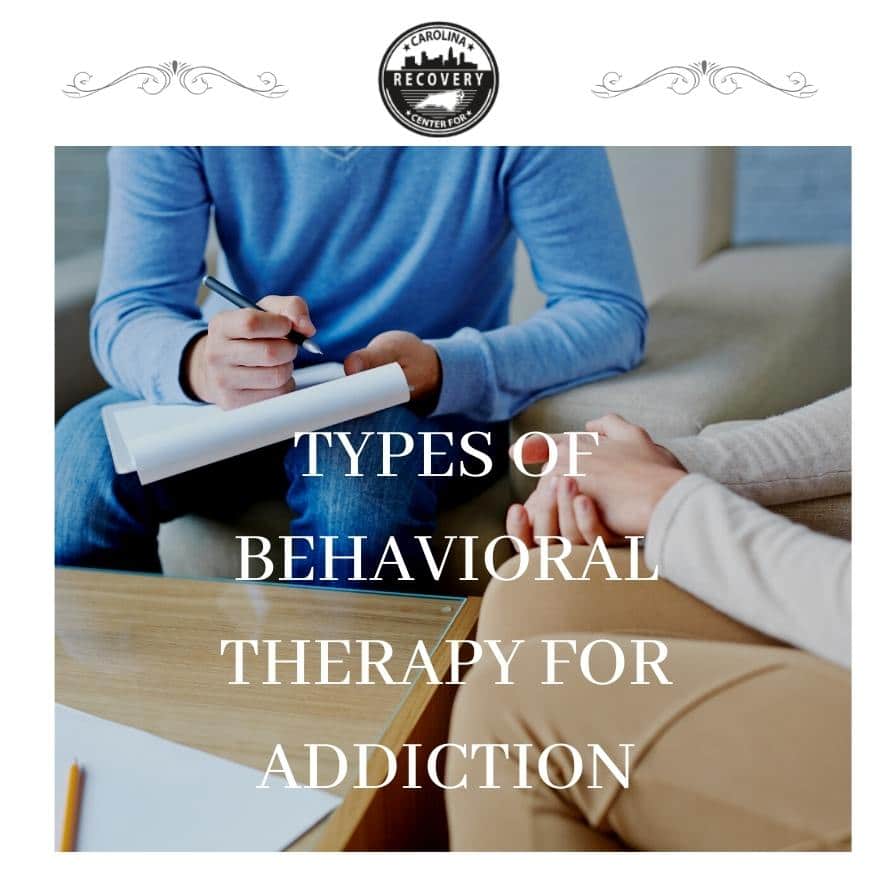
The Different Types of Behavioral Therapy for Drug & Alcohol Addiction
Key Points. Personality disorders in general are pervasive, enduring patterns of thinking, perceiving, reacting, and relating that cause significant distress or functional impairment. Personality disorders vary significantly in their manifestations, but all are believed to be caused by a combination of genetic and environmental factors.

What is Behavioral Disorders in children & types of behavioral
The following are some of the symptoms of ODD: Acting from rage or anger, including yelling, throwing objects, etc. Defiance, arguments, refusal to follow the rules, and questioning of rules. Easy irritation in situations of authority. Vindictive behaviors, like getting revenge or trying to incite anger in others.
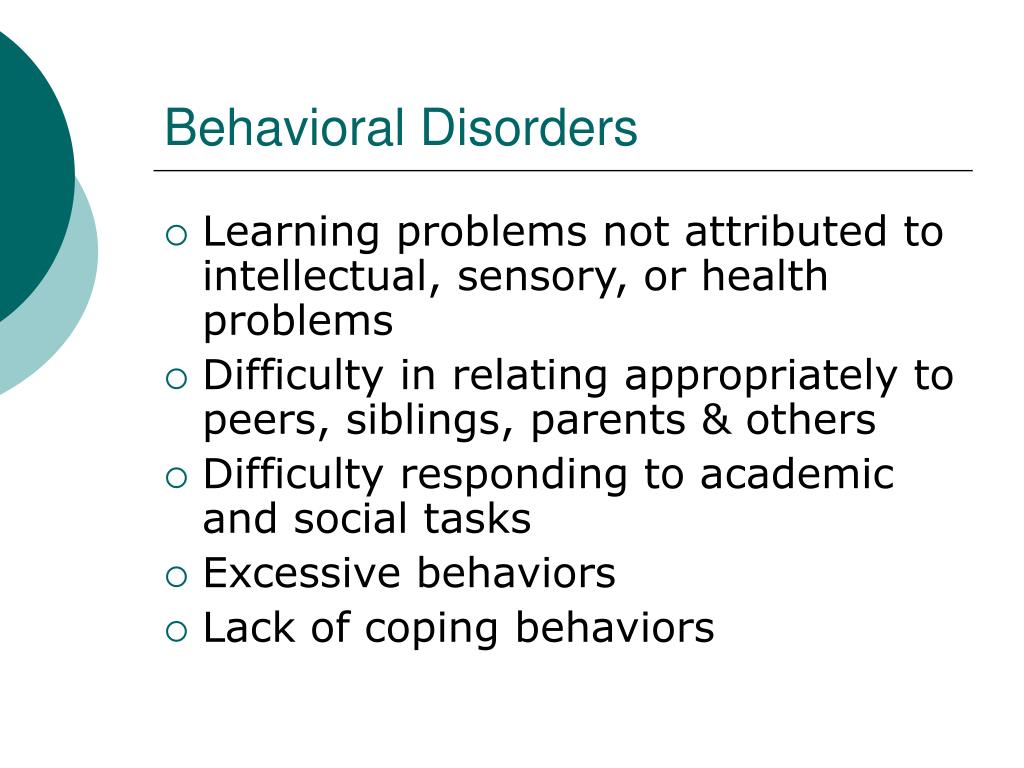
PPT PSYCHOLOGICAL & BEHAVIORAL DISORDERS (YOUTH & TEENS) PowerPoint
Key facts. A mental disorder is characterized by a clinically significant disturbance in an individual's cognition, emotional regulation, or behaviour. It is usually associated with distress or impairment in important areas of functioning. There are many different types of mental disorders. Mental disorders may also be referred to as mental.
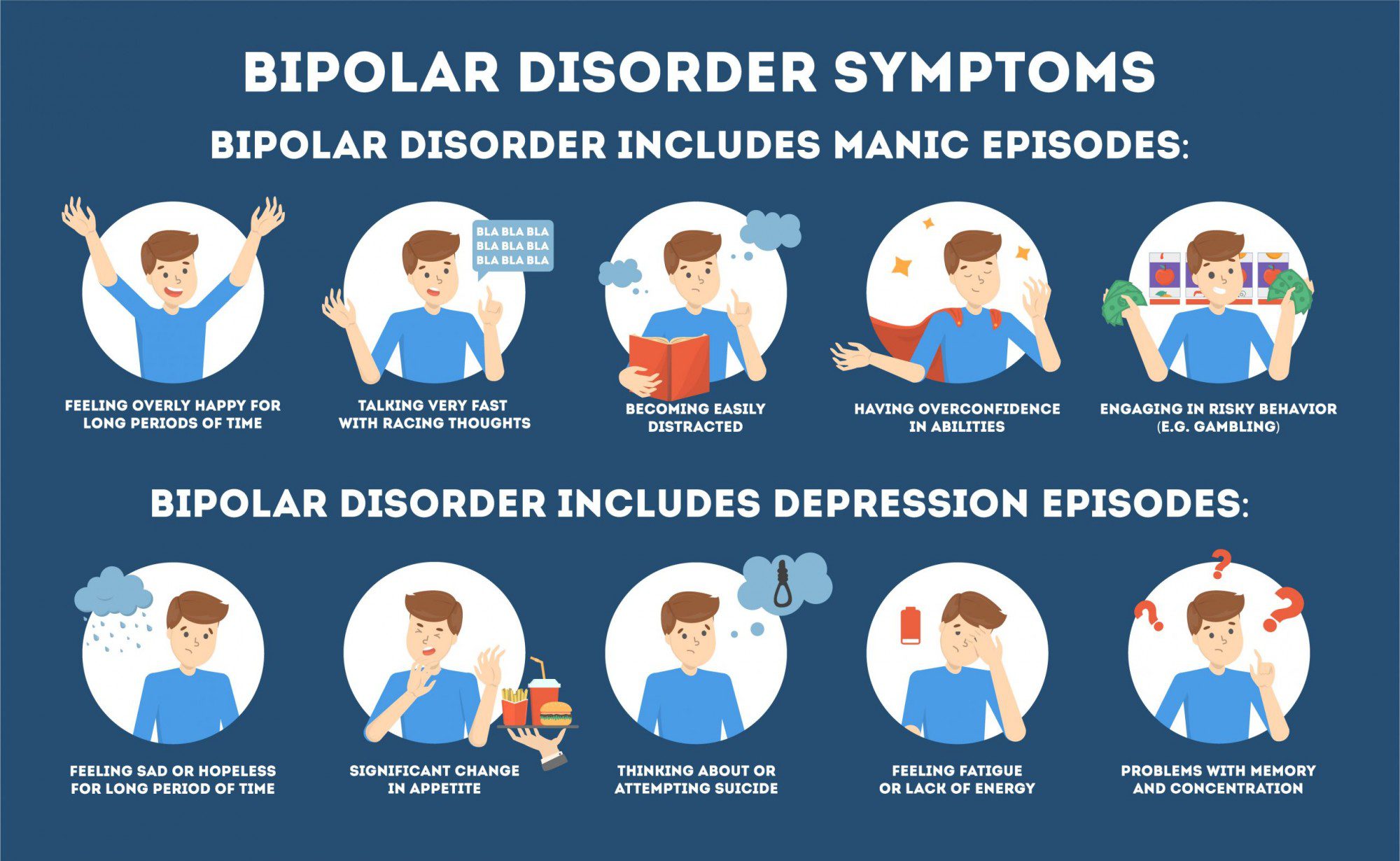
Mood Disorders Symptoms, Signs, and Treatments Baton Rouge
The short-term effects of a shopping addiction may feel positive. In many cases, you may feel happy after completing a shopping trip. However, these feelings are often mixed with anxiety or guilt, and in most cases, the guilt or anxiety may propel you back to the store for even more shopping. The long-term effects of a shopping addiction can.
:max_bytes(150000):strip_icc()/top-mental-health-disorders-a-mental-illness-list-5210092_final-90ba5c61e17e40ccb2e6023354ef9827.jpg)
Top Mental Health Disorders A Mental Illness List
Some of the emotional signs or symptoms of video game addiction include: Feelings of restlessness and/or irritability when unable to play. Preoccupation with thoughts of previous online activity or anticipation of the next online session. Lying to friends or family members regarding the amount of time spent playing.
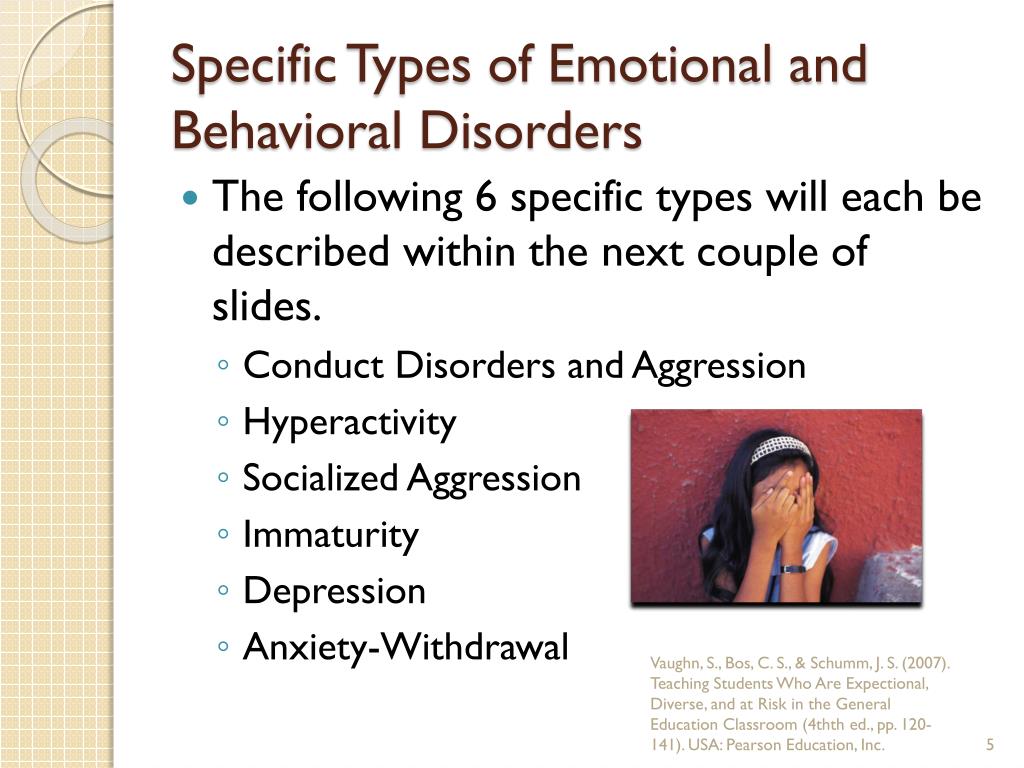
PPT Emotional and Behavioral Disorders in Children PowerPoint
attention deficit hyperactivity disorder (ADHD) oppositional defiant disorder (ODD) autism spectrum disorder (ASD) anxiety disorder. depression. bipolar disorder. learning disorders. conduct.

Types of Personality Disorders Cheat Sheet NCLEX Quiz
10 types of mental disorders: symptoms and causes. 1. Anxiety disorders. Anxiety disorders cause people to respond to certain objects or situations with fear or dread. Common anxiety disorders include: Generalized anxiety disorder. Panic disorder. Social anxiety disorder. Specific phobias.
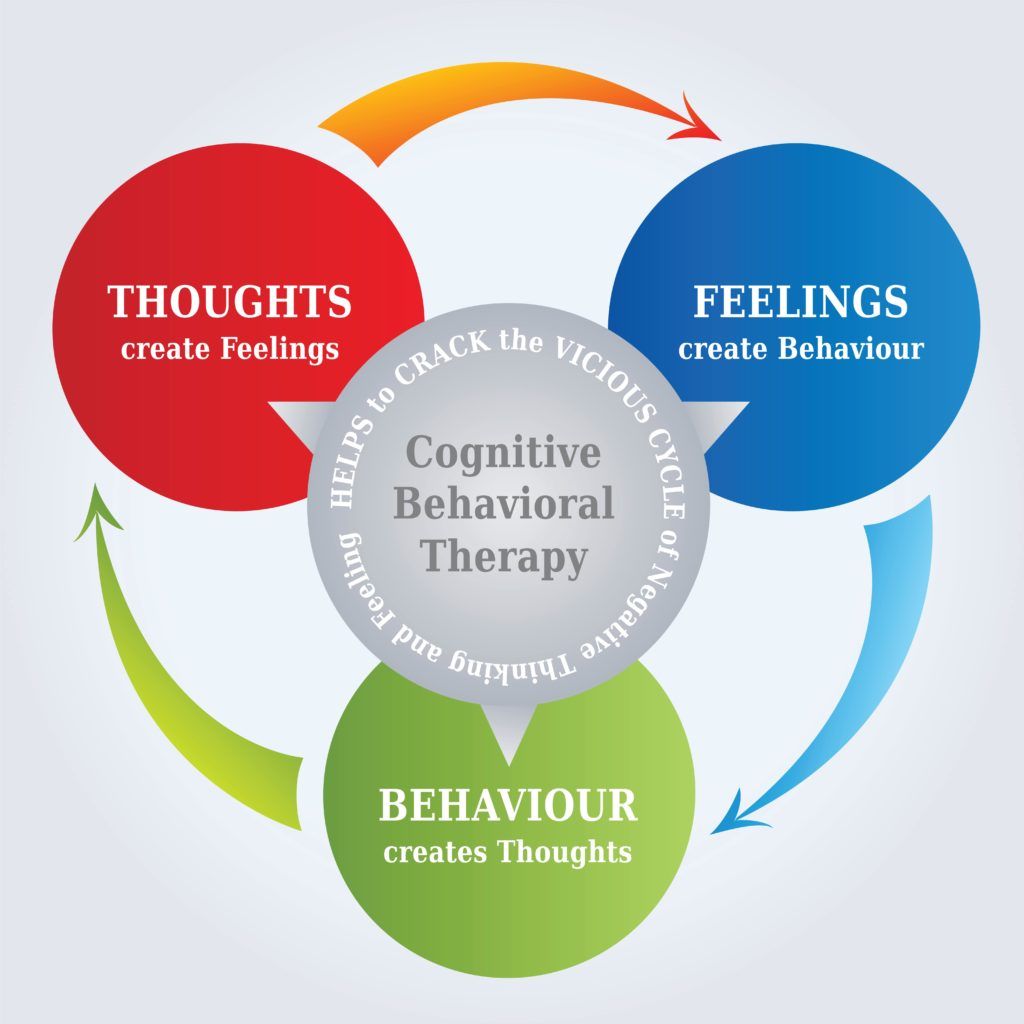
Different Types of Therapy Family Psychiatry & Therapy
Below are some more statistics associated with smartphone use: 60% of U.S. college students consider themselves to have a cell phone addiction. 4 71% of people sleep with or next to their cell phones. 5 35% of people think of their cell phones when they wake up while only 10% of people think of their significant others. 5 44% of 18-24 year olds have fallen asleep with their phone in their hand. 5
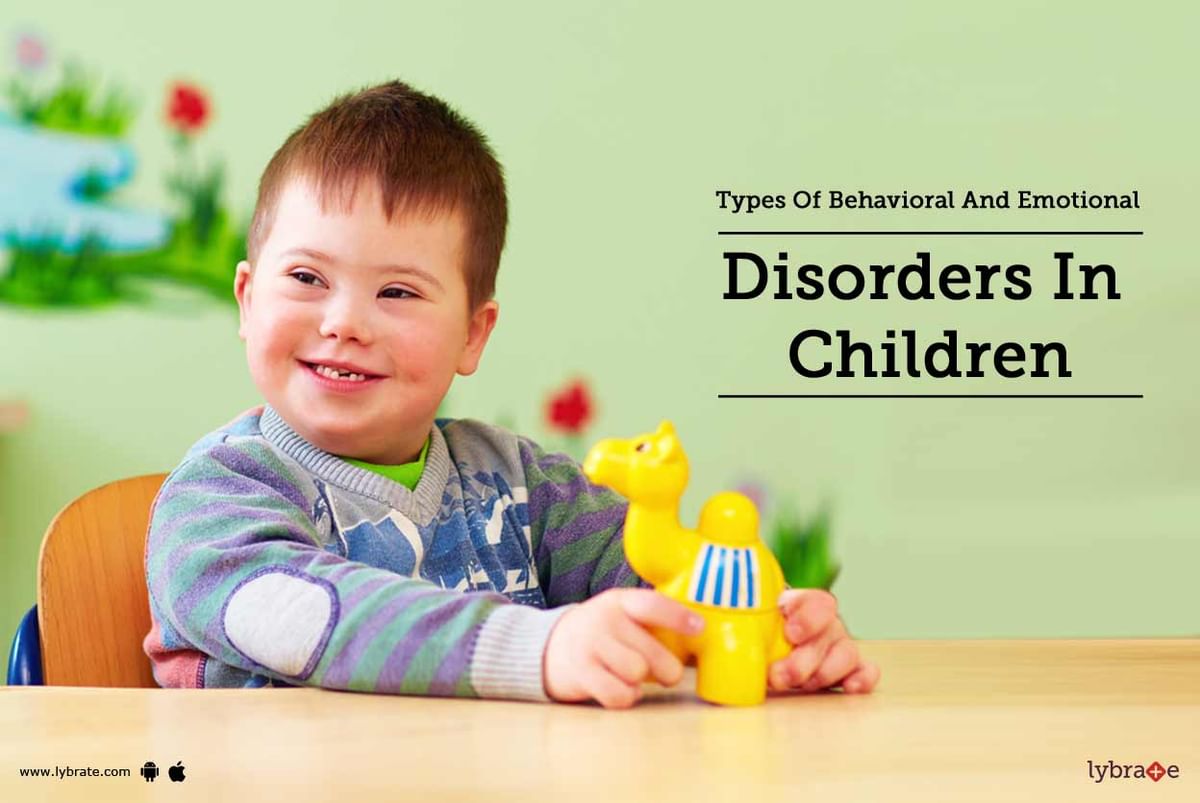
Types Of Behavioral And Emotional Disorders In Children By Dr. Jagat
temper tantrums and irritability. argumentative behavior, such as constantly questioning rules. persistent stubbornness, which may manifest as a refusal to follow instructions or apologize for.
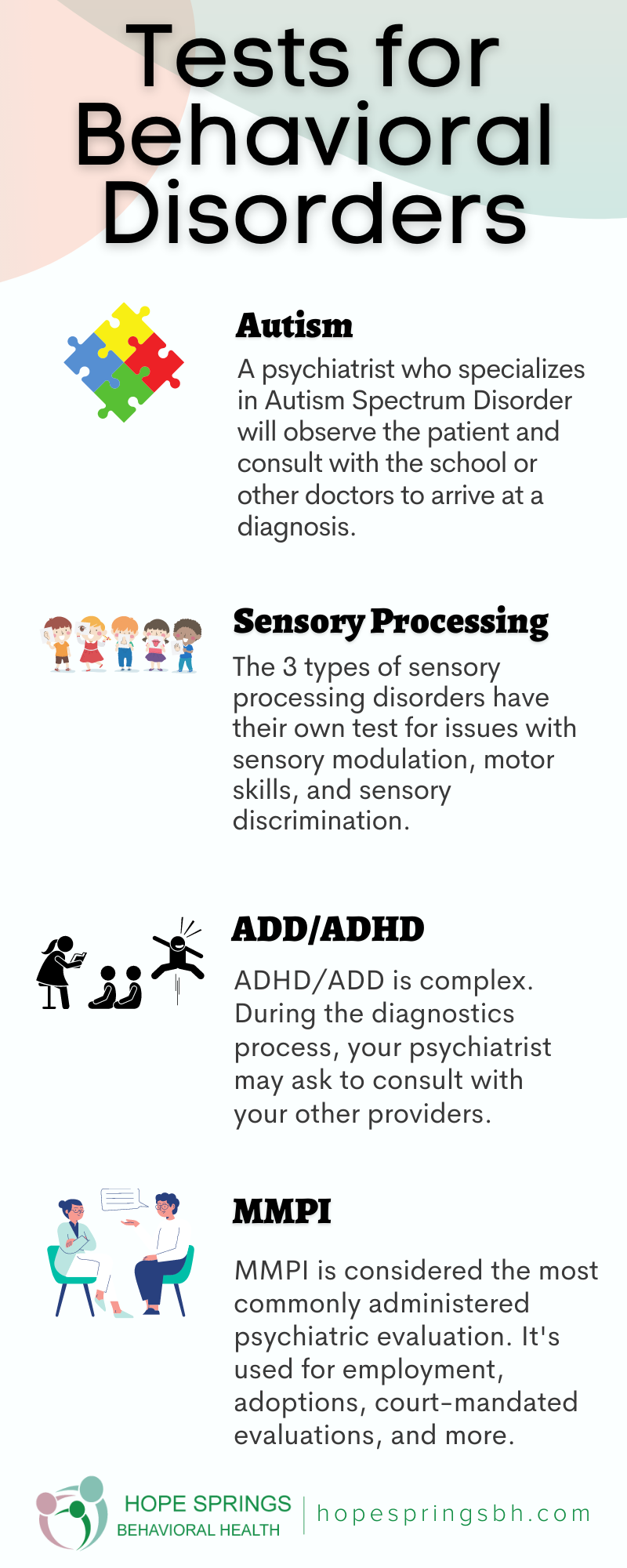
What You Need to Know About Testing for Behavioral Disorders Hope
Emotional Behavioral Disorder. An emotional behavioral disorder affects a person's ability to be happy, control their emotions and pay attention in school. According to Gallaudet University, symptoms of an emotional behavioral disorder include: Inappropriate actions or emotions under normal circumstances. Learning difficulties that are not.

The Various Types of Mood Disorders
Obsessive-compulsive disorder (OCD) is the most common mental disorder in this category and is estimated to affect about 2% to 3% of people in the United States. Types of obsessive-compulsive and related disorders include: OCD. Body dysmorphic disorder. Hoarding disorder. Trichotillomania (hair-pulling disorder)

Emotional and Behavioral Disorders Door County Partnership for
Examples of ongoing signs and symptoms of psychiatric disorders include: Confused thinking. Reduced ability to concentrate. Deep, ongoing sadness, or feeling "down". Inability to manage day-to-day stress and problems. Trouble understanding situations and other people. Withdrawal from others and from activities you used to enjoy.
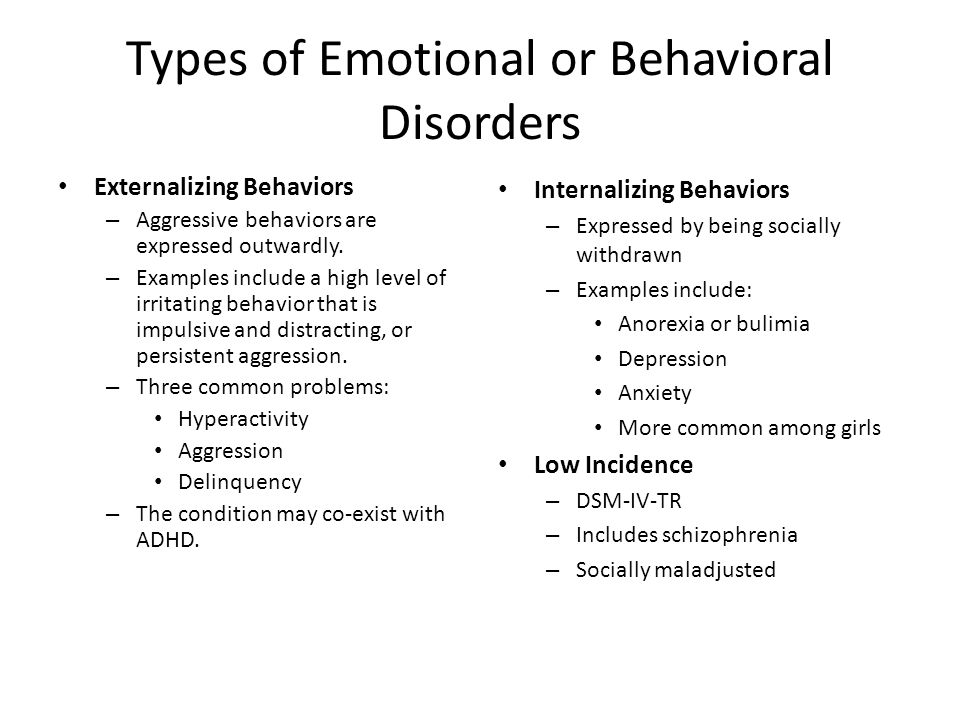
Emotional/Behavior Disorders Kelsie G's Educational Portfolio
Bipolar disorders involve extreme mood shifts, such as between the highs of mania and the lows of depression. depressive disorders. major depressive disorder. persistent depressive disorder.
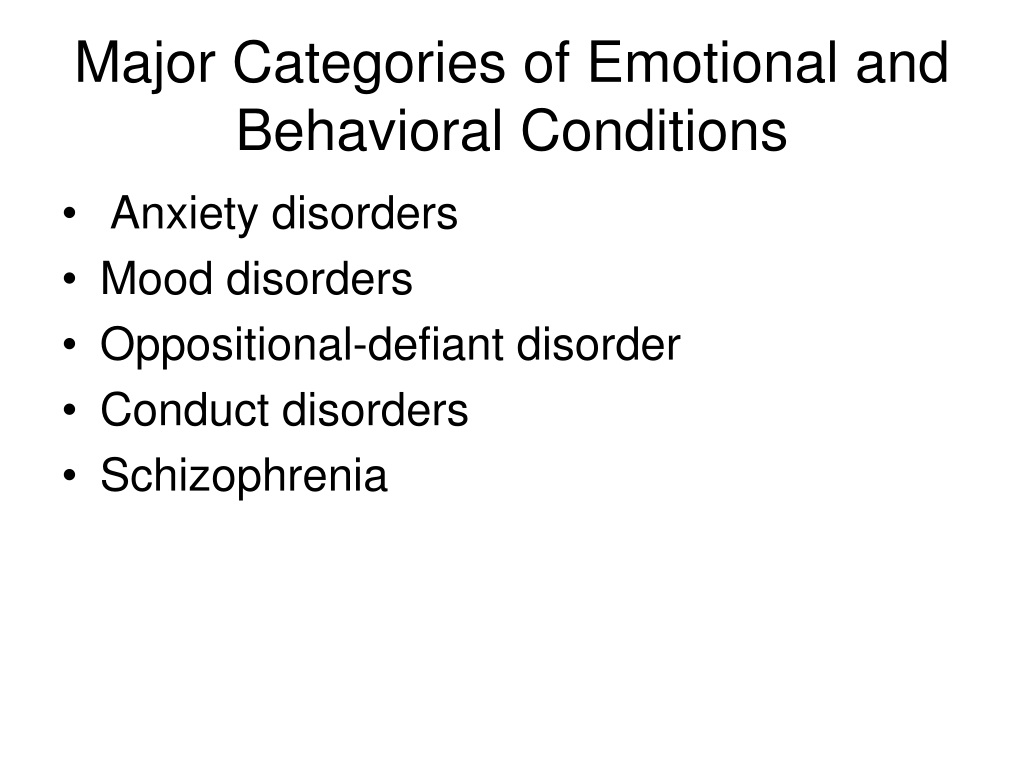
PPT Emotional and Behavioral Disorders PowerPoint Presentation, free
Some of the symptoms that a person with a mental disorder might experience include: Anxiety. Changes in appetite. Changes in behavior. Changes in mood. Changes in sex drive. Delusions, hallucinations, or other difficulties perceiving reality. Depression or feelings of sadness. Difficulty sleeping.